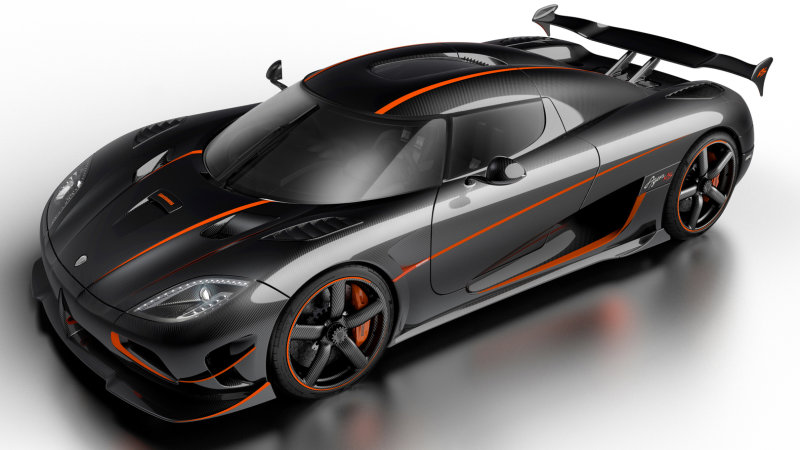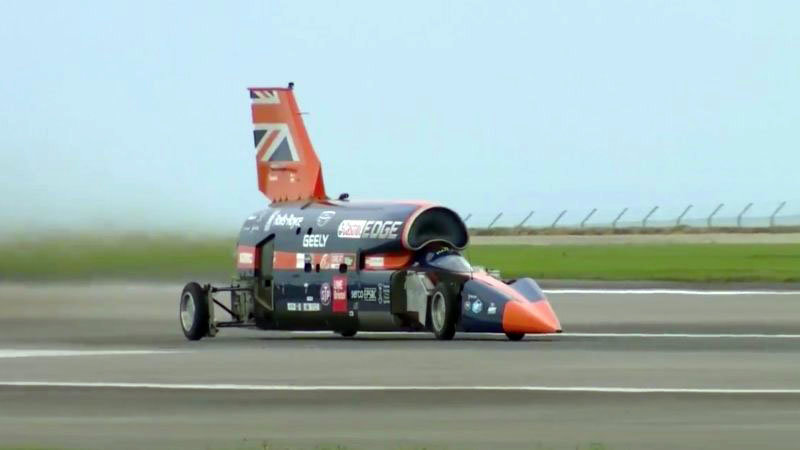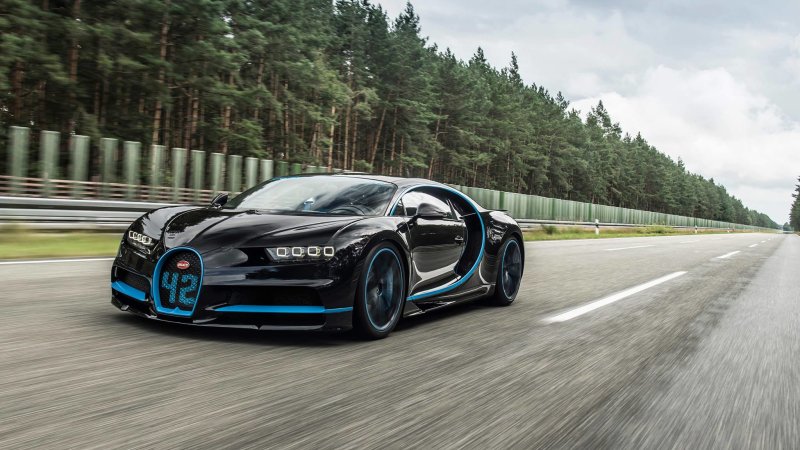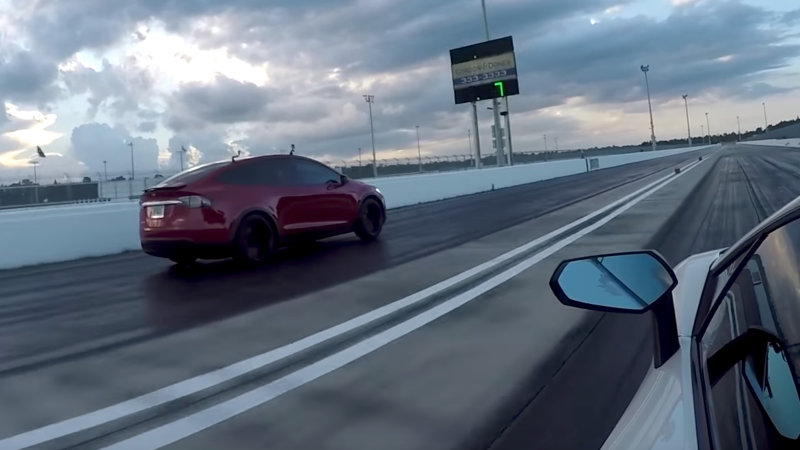Koenigsegg closes highway near Vegas for top-speed record attempt
An 11-mile stretch of highway plays host to a top-speed record attempt by Koenigsegg this weekend. According to the Las Vegas Review-Journal, the Nevada Department of Transportation granted a special permit to the Swedish automaker to close a long, straight stretch of State Route 160 between Vegas and Pahrump. The event is hosted by Spring Mountain Motor Resort and Country Club, and it’s apparently been in the planning stages for over a year.
A reporter from the Journal reports on Twitter that an Agera RS has already hits speeds of 291 miles per hour, albeit unofficially. If that’s true, it’ll handily destroy the current 268-mile-per-hour top-speed record set by Bugatti in 2010. Of course, Koenigsegg has a habit of one-upping Bugatti, having broken the Chiron’s 0-248-0 record of 41.96 seconds by a comparatively massive 5.2 seconds.
The Koenigsegg Agera RS being used reportedly has the factory’s one-megawatt upgrade, which means it’s sending 1,360-horsepower and 1,011 pound-feet of torque to the rear wheels. We’ll have to wait for an official Guinness-approved record announcement, but we’re guessing that’s only a matter of time.
Related Video:




